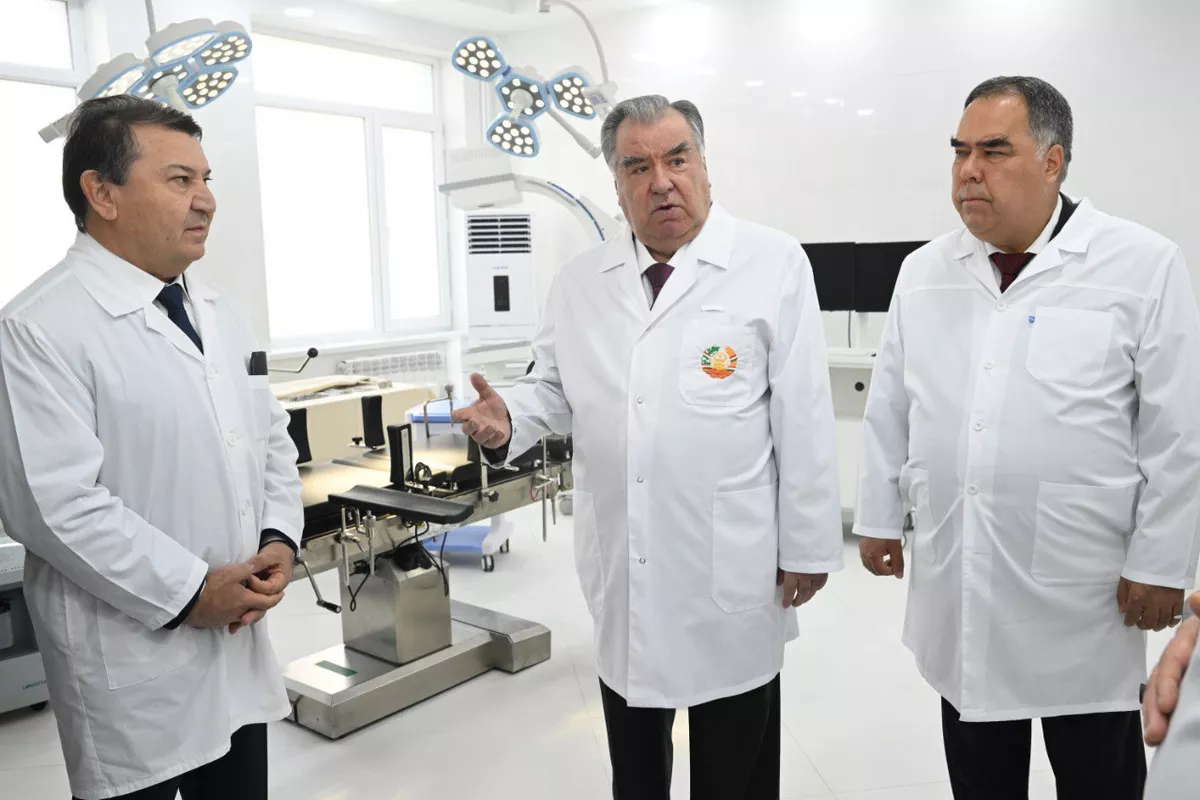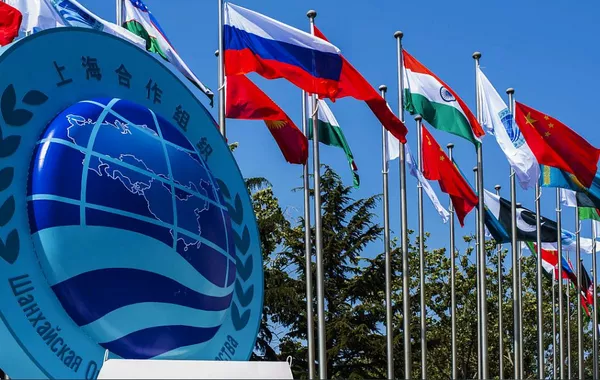
photo: Asia Plus
Tajik President Emomali Rahmon has arrived in Sughd Region for a working visit focused on opening new facilities and reviewing the region’s socio-economic development.
During the trip, the head of state inaugurated the new building of the Sughd Regional Oncology Center - a modern six-story facility with 200 beds, The Caspian Post informs via Tajik media.
Together with the existing building, the center now offers 330 beds. It has been equipped with more than 7 million somoni worth of advanced medical technologies, including state-of-the-art operating rooms, laboratories, ultrasound rooms, and endoscopy suites.
The center employs 60 medical specialists, including oncologists, 18 of whom completed advanced training abroad. It now offers 26 new types of surgeries, 12 chemotherapy methods, and 18 new diagnostic analyses.
President Rahmon also opened the Sughd Regional Clinical Endocrinology Center named after Jahon Nabiev.
The new five-story building, including a basement level, accommodates 200 beds and features surgical, intensive care, and emergency units. More than 40 types of modern equipment have been installed to treat patients with diabetes, thyroid and pancreatic disorders, obesity, and infertility. New departments - including reception, surgical, endocrine, and pediatric units - have also been created.
Rahmon instructed local leaders to ensure effective use of the new centers’ capabilities, maintain high-quality diagnostics and treatment, and strengthen public awareness campaigns promoting disease prevention and healthy lifestyles.
Both facilities were built as part of events marking the 35th anniversary of Tajikistan’s independence, creating modern healthcare conditions for residents of the Sughd Region.
Share on social media
